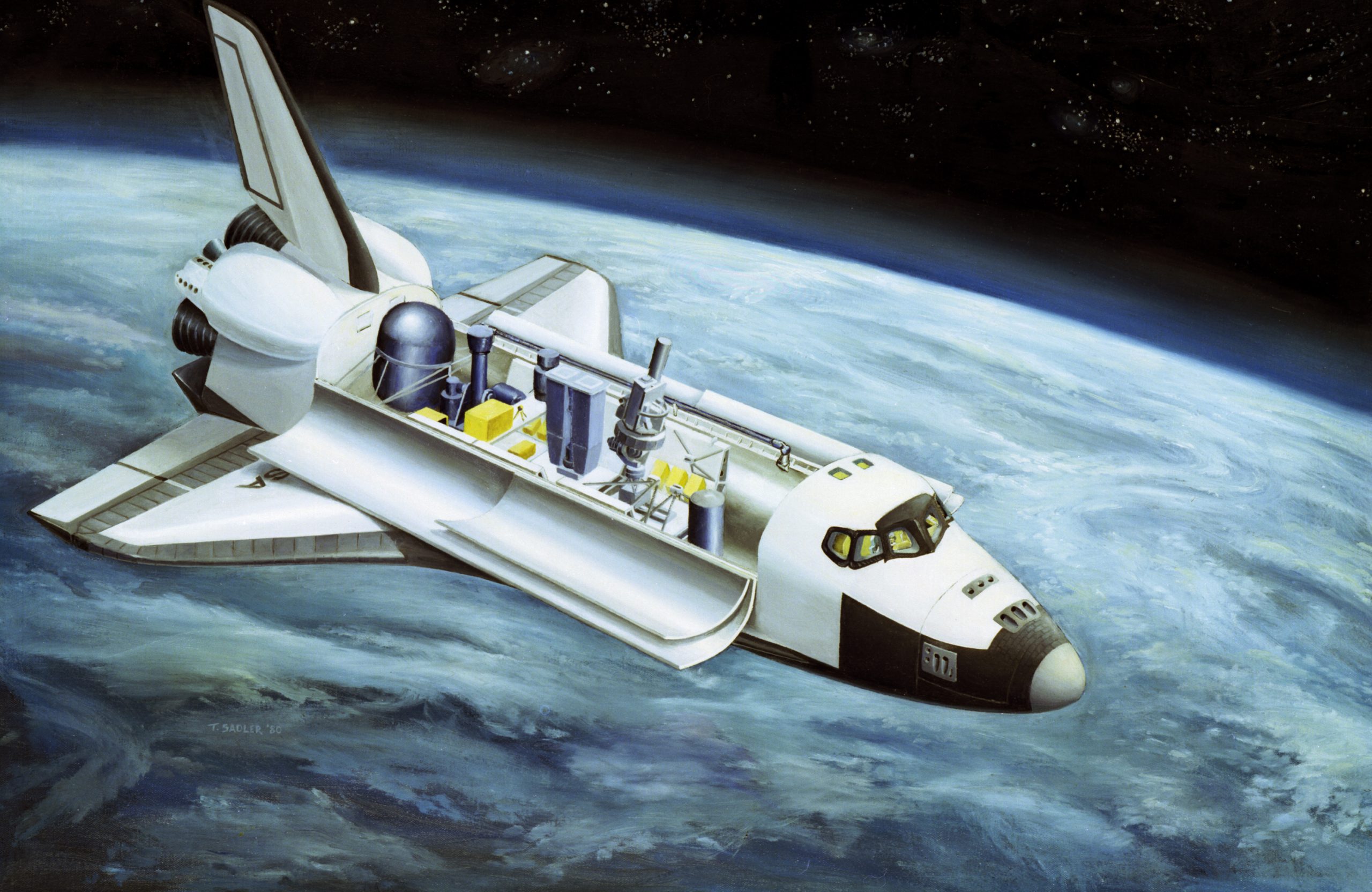Key Takeaways
The Indian Space Research Organization (ISRO) has successfully carried out the static test of the HS200 solid rocket booster, taking the space agency one more step closer to the keenly awaited Gaganyaan Mission
About HS200 Boosters
- The Vikram Sarabhai Space Centre (VSSC) in Thiruvananthapuram designed and developed it for over two years.
- The HS200 booster is a ‘human-rated’ version of the S200 rocket boosters used on the GSLV Mk-III (also known as the LVM3) geosynchronous satellite launch vehicle.
- The HS200 is the world’s second largest operating solid propellant booster, measuring 20 meters in length and 3.2 meters in diameter.
- It has 203 tones of solid propellant on board.
About Gaganyaan Mission
- Launching Space Agency – Indian Space Research Organization (ISRO)
- Programs under Mission
- Three missions will be launched into space.
- Two unmanned flights and one human spaceflight are planned.
- Three Indian astronauts, including a woman, will be aboard the Gaganyaan system module, dubbed the Orbital Module.
- Type of Orbit – For 5-7 days, it will orbit Earth in a low-earth-orbit at a distance of 300-400 kilometers.
- Launch Vehicles – GSLV Mk III

Training for Indian Astronauts
- The ISRO’s Human Space Flight Centre and the Russian government’s Glavkosmos signed a training deal that includes Russian assistance in applicant selection, medical assessment, and space training.
- Candidates will study the Soyuz manned spacecraft’s systems in depth and receive training in short-term weightlessness aboard the Il-76MDK aircraft.
- The Russian Soyuz spacecraft. The Soyuz transports astronauts and supplies to and from the International Space Station.
- The Il-76MDK is a military transport plane with a parabolic flight capability for trainee astronauts and space tourists.
Pic Courtesy : Times of India
Content Source : The Hindu



